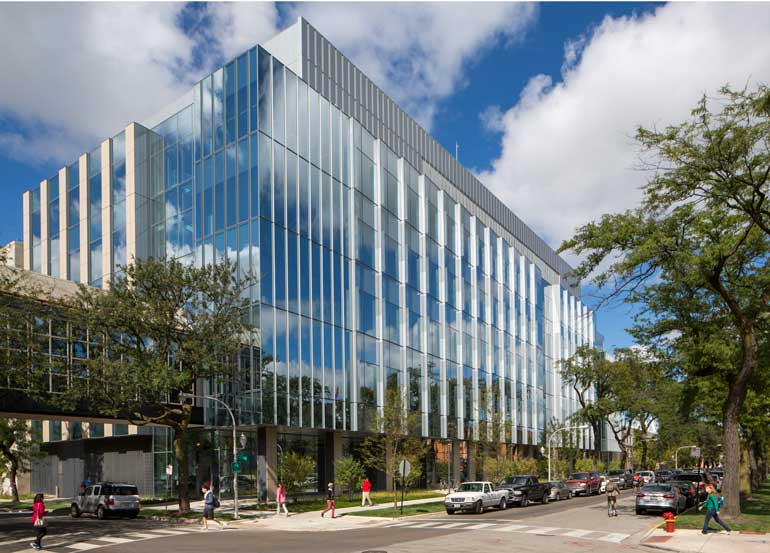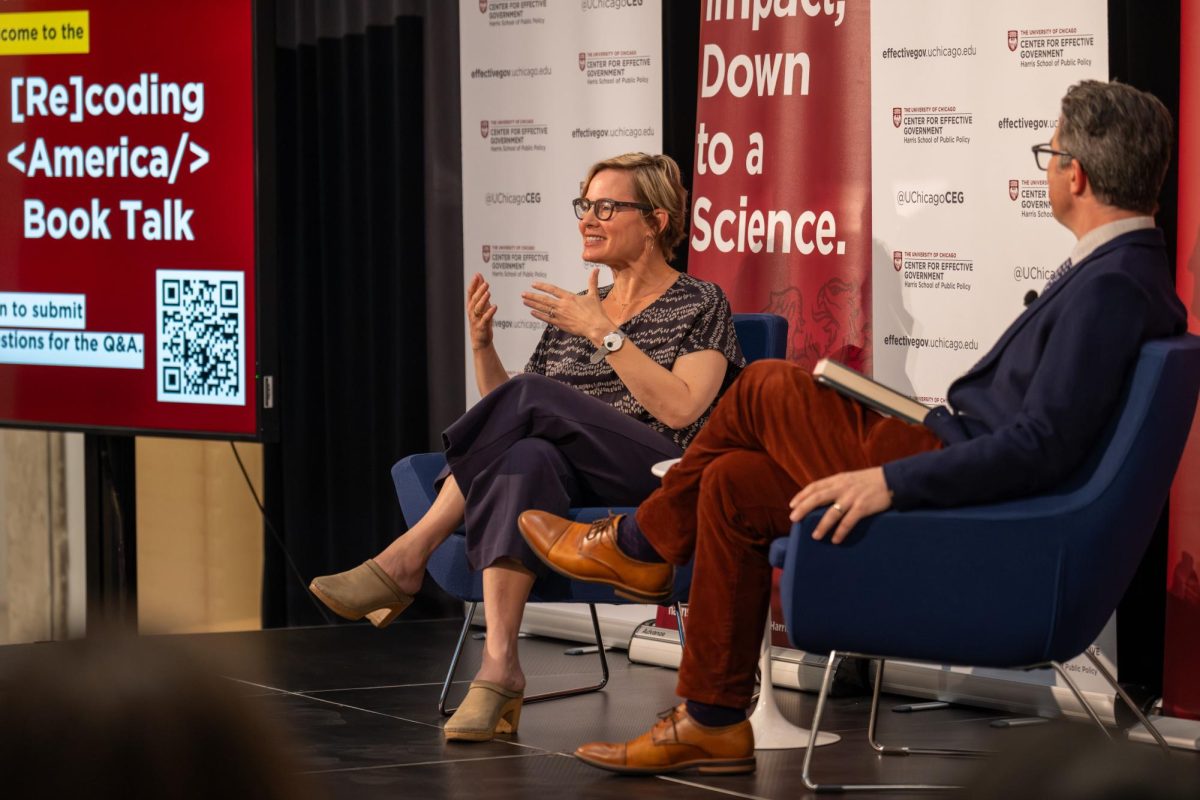A recent brief released by Chapin Hall, a youth policy center at the University, reported that LGBTQ+ youth experience homelessness at 2.2 times the rate of their non-LGBTQ+ peers.
Approximately 20 percent of homeless young adults between the ages of 18 and 25 identified as LGBTQ+ in a survey conducted by Chapin. The survey was conducted across 22 counties within the U.S.
Young adults were identified using a point-in-time count, where homeless people were counted in a number of locations that they are usually seen in, such as homeless shelters and drop-in centers, over a 24-hour period.
According to the survey, this percentage is greater in larger urban areas compared to smaller rural communities—and in one county, 40 percent of the homeless youth surveyed identified as LGBTQ+.
Black young adults that identified as LGBTQ+ had the highest rate of homelessness—at a rate of 16 percent—amongst all the demographics surveyed.
According to the researchers, these numbers should be viewed as conservative estimates, as some of those surveyed may not have been comfortable disclosing their sexual orientation or gender identity.
LGBTQ+ youth were also found to face greater trauma and adversity than their non-LGBTQ+ counterparts.
For example, 62 percent of LGBTQ+ youth surveyed reported experiencing physical harm from others, in comparison to 47 percent of non-LGBTQ+ youth.
Additionally, 27 percent of LGBTQ+ youth said they exchanged sex for basic needs, while only 9 percent of non-LGBTQ+ youth reported having this experience.
Many of the respondents surveyed reported coming from families with a number of issues, including substance abuse, incarcerated parents, and mental health problems.
There are also misconceptions about the causes of homelessness amongst LGBTQ+ youth.
“There is a belief out there that young LGBTQ+ people become homeless because they come out to their families and their families reject them,” Dr. Amy Dworsky, a Chapin Hall Research Fellow, told The Maroon. “This is certainly part of the story, but it ignores that many of these young people come from backgrounds that are economically disadvantaged and have other problems that contribute to their eventual homelessness.”
The researchers detailed solutions to this problem, which included improving training to physical and mental health-care providers to help better identify and respond to the traumas many LGBTQ+ youth experience, and engaging with LGBTQ+ youth to improve systems and services.
This study is part of a larger Chapin Hall project called Voices of Youth Count, which was started in 2015.
Voices of Youth Count studies data about youth homelessness in America and examines why these young adults become homeless and how current federal programs and policies address their needs.
Their goal is to use their research to form recommendations for steps to curtail and prevent youth homelessness.
The research portion of the project has been completed. Research team members are now issuing a series of briefs on specific topics regarding homelessness among American youth.









